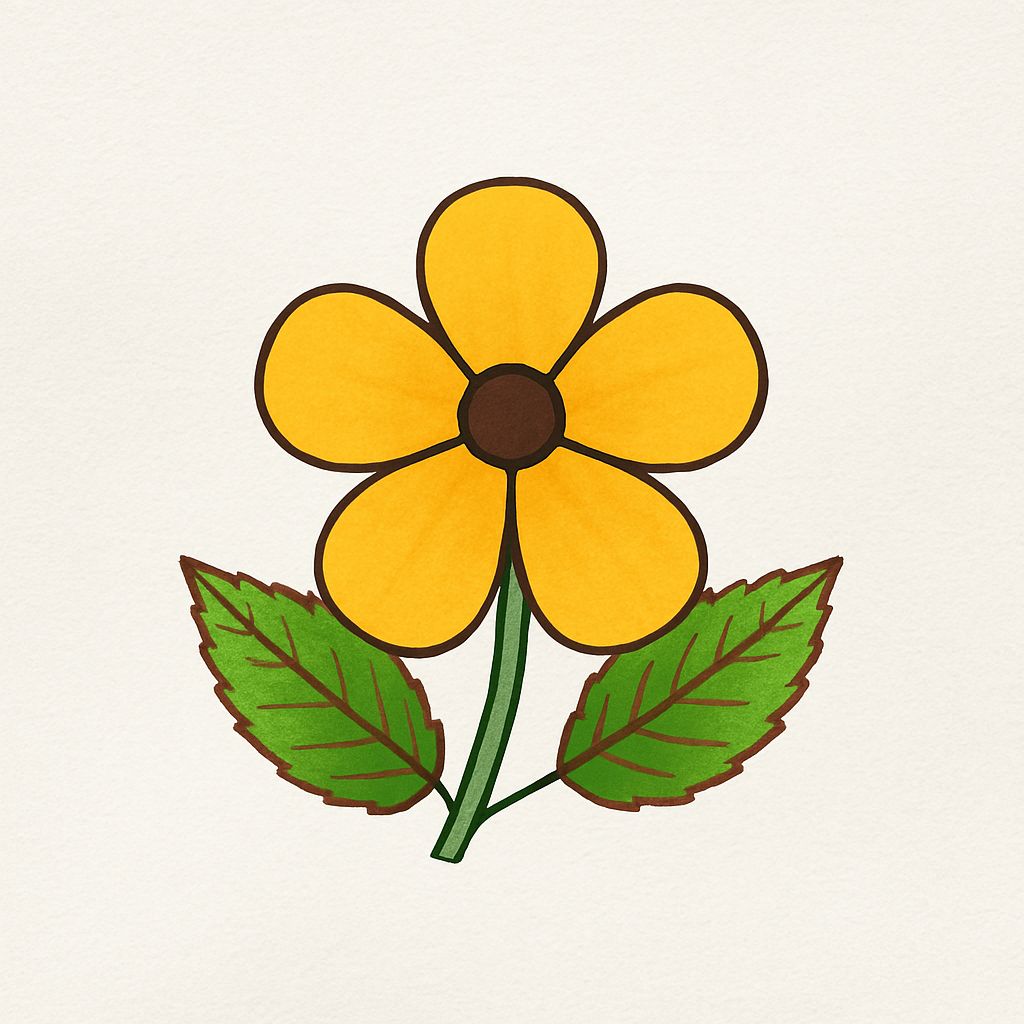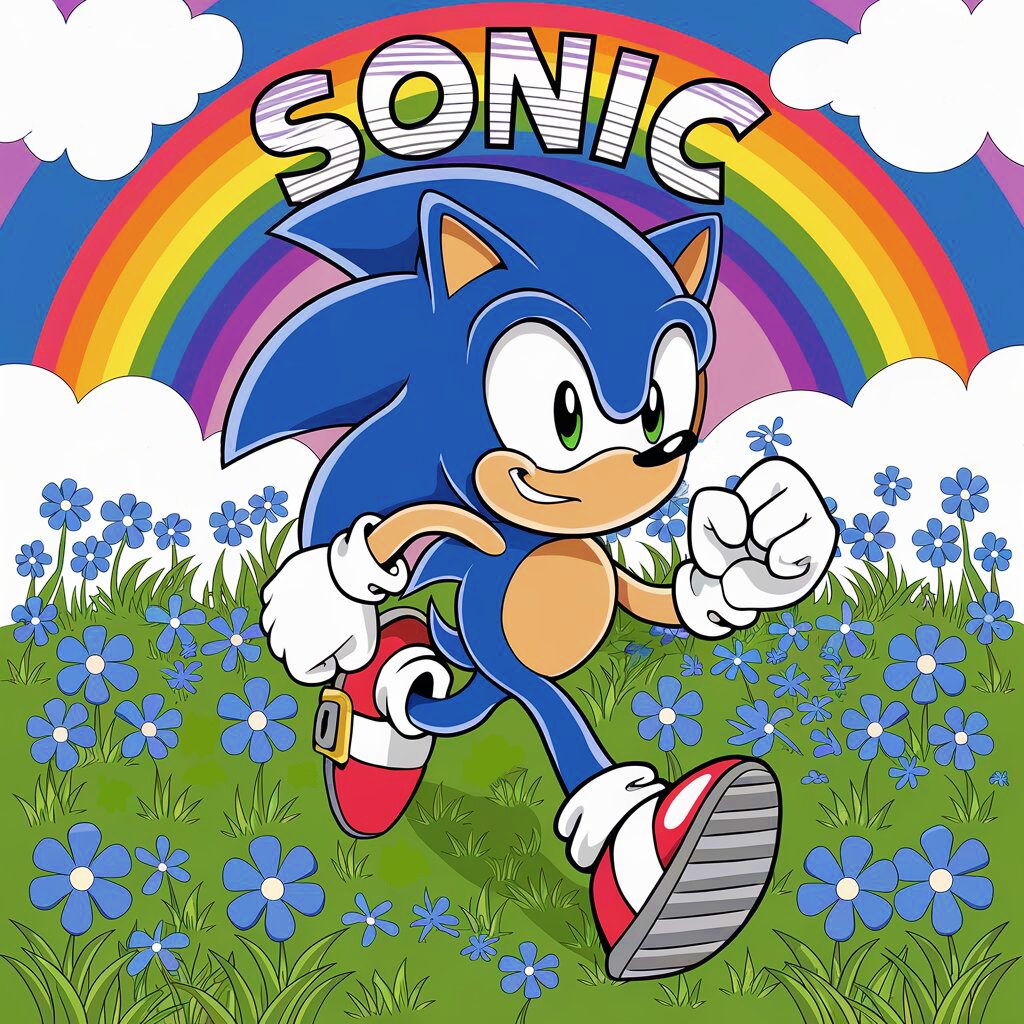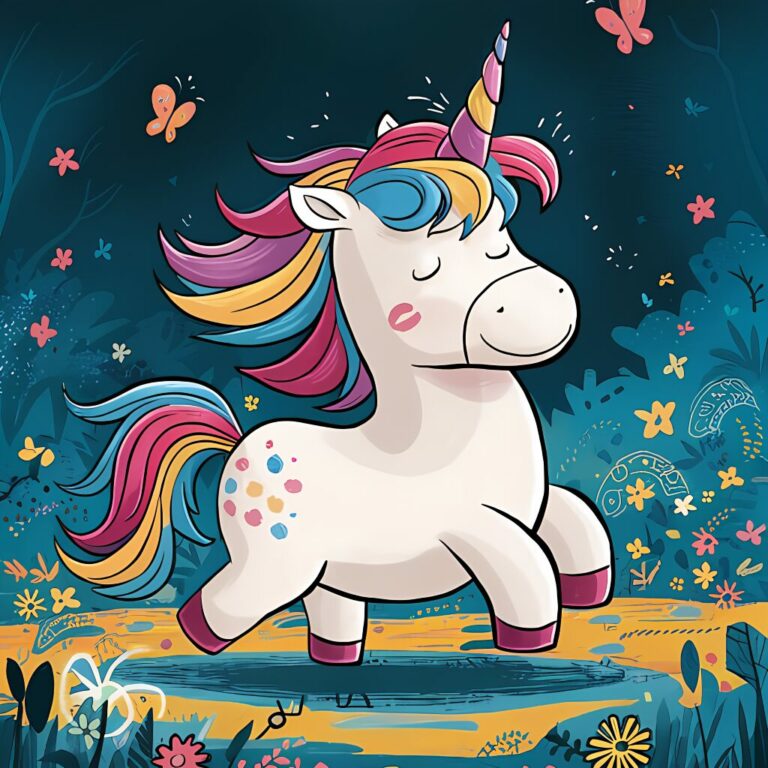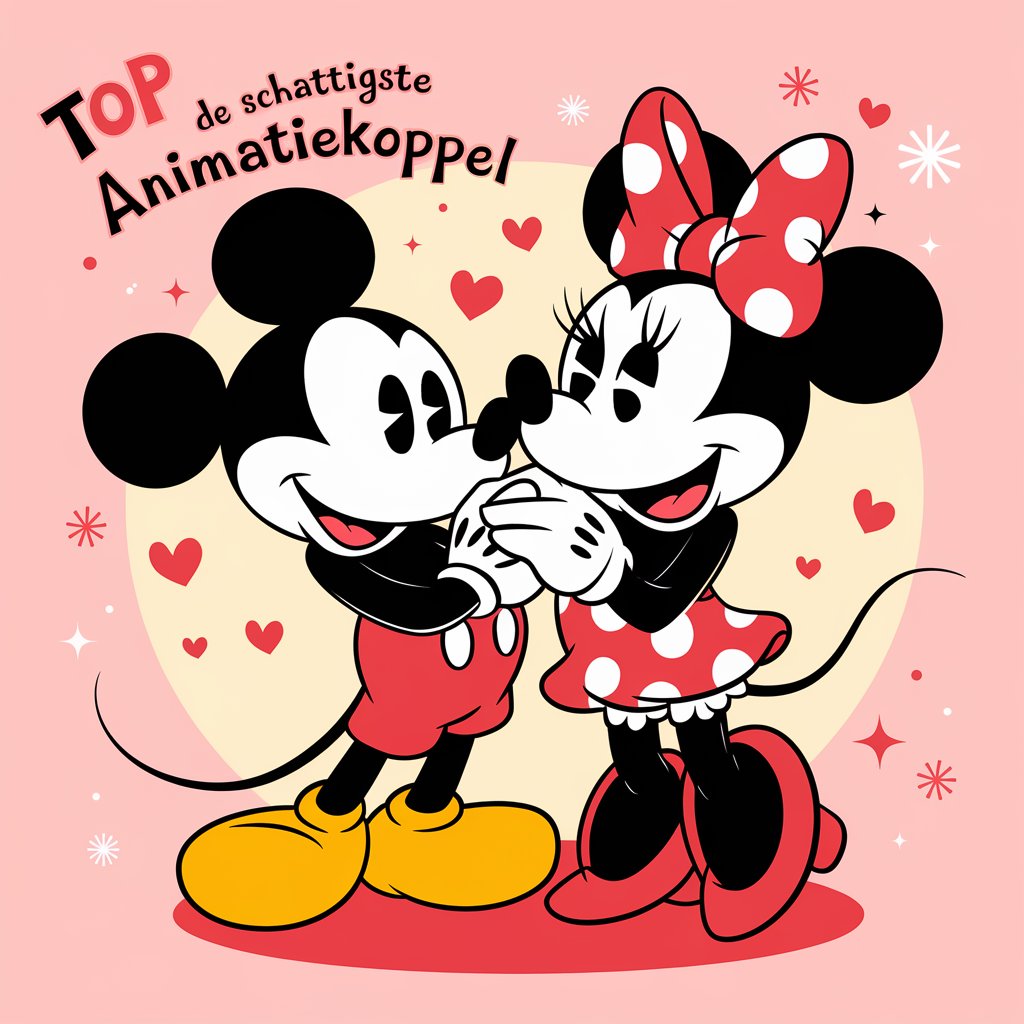Sinterklaas – A Unique Tradition and Cultural Heritage
8 months geleden
Where does Sinterklaas come from?

On December 5th, many Dutch people celebrate pakjesavond with treats and gifts. But where does Sinterklaas actually come from? And is it truly a Dutch tradition?
The origin of Sinterklaas
Whether Sinterklaas really existed is uncertain. Historians believe he was based on Bishop Nicholas, who lived around the 4th century AD in Myra, a city in present-day southern Turkey. Little is known about his life—the first stories about him appeared centuries later.
Nicholas is said to have performed remarkable miracles. For instance, he supposedly stood up and prayed for two hours immediately after birth before being washed by the midwife. Later in life, he allegedly brought three schoolchildren back to life who had been killed and pickled by an innkeeper to be sold as pork. He is also said to have saved sailors from a severe storm. For these reasons, Saint Nicholas became the patron saint of many port cities, including Amsterdam. After his death on December 6th in the year 342, he was canonized by the Catholic Church.
Although Saint Nicholas was venerated throughout Europe after his death, the Sinterklaas celebration as we know it today emerged much later.
Is Sinterklaas a Dutch tradition?
Saint Nicholas was honored in many parts of Europe, but the Reformation changed that. The Netherlands shifted from a mostly Catholic to a Protestant country. That posed a challenge for the Sinterklaas celebration, as the veneration of saints—including Sinterklaas—was banned.
Unlike other countries, however, Sinterklaas survived in the Netherlands and evolved into a national tradition. While in many Catholic countries Sinterklaas was replaced by Christmas, the celebration remained popular in the Netherlands. In countries like Germany, France, and England, Sinterklaas turned into Weihnachtsmann, Père Noël, Father Christmas, and Santa Claus.
When the celebration was banned in some cities, public outrage followed. Sinterklaas continued to be celebrated privately, as seen in the famous painting “Het Sint-Nicolaasfeest” by Jan Steen, which depicts gifts and traditional treats like taaitaai, waffles, and apples, although Sinterklaas himself was rarely depicted in the 16th century.
After 1800, the Sinterklaas celebration was officially allowed again. During this period, the feast developed into what we know today. Bakers began using puff pastry and speculaas spices—thanks to the VOC—to make kruidnoten, speculaas dolls, and almond pastry letters. The term “pakjesavond” also first appeared, and the character of Zwarte Piet emerged, although his exact origins are unclear.
Sinterklaas Coloring Pages – A Fun Activity for Kids
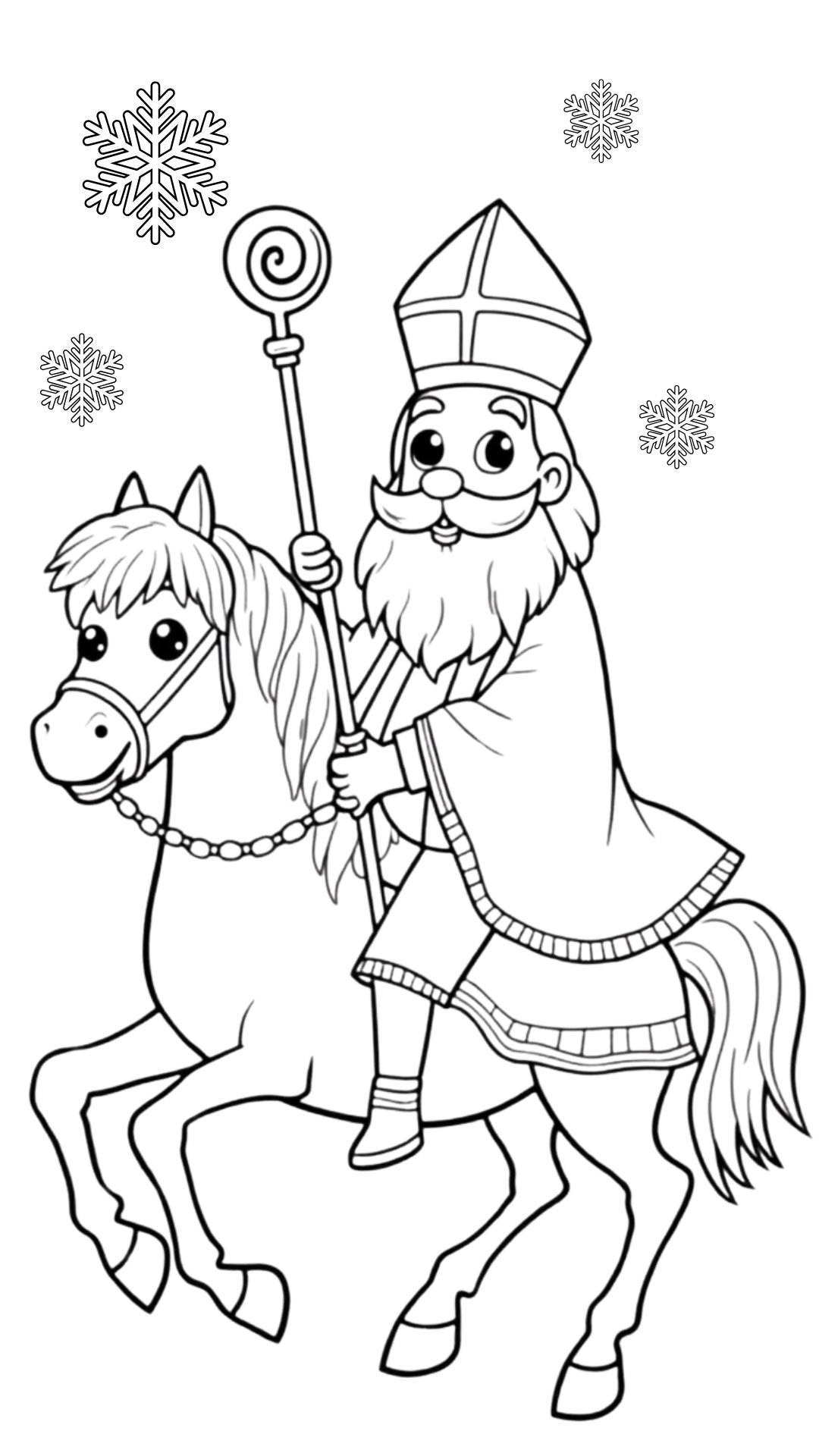
One great way to introduce children to Sinterklaas is through coloring pages. It’s not only a fun activity but also helps develop creativity and fine motor skills.
Are you looking for beautiful and free coloring pages of Sinterklaas themed? Visit horse coloring pages and download the most charming illustrations of his faithful steed!
Sinterklaas is more than just a legendary figure—he is a symbol of generosity and joy. Discover this wonderful tradition through fun activities like coloring, storytelling, and enjoying a cozy pakjesavond with your family!
